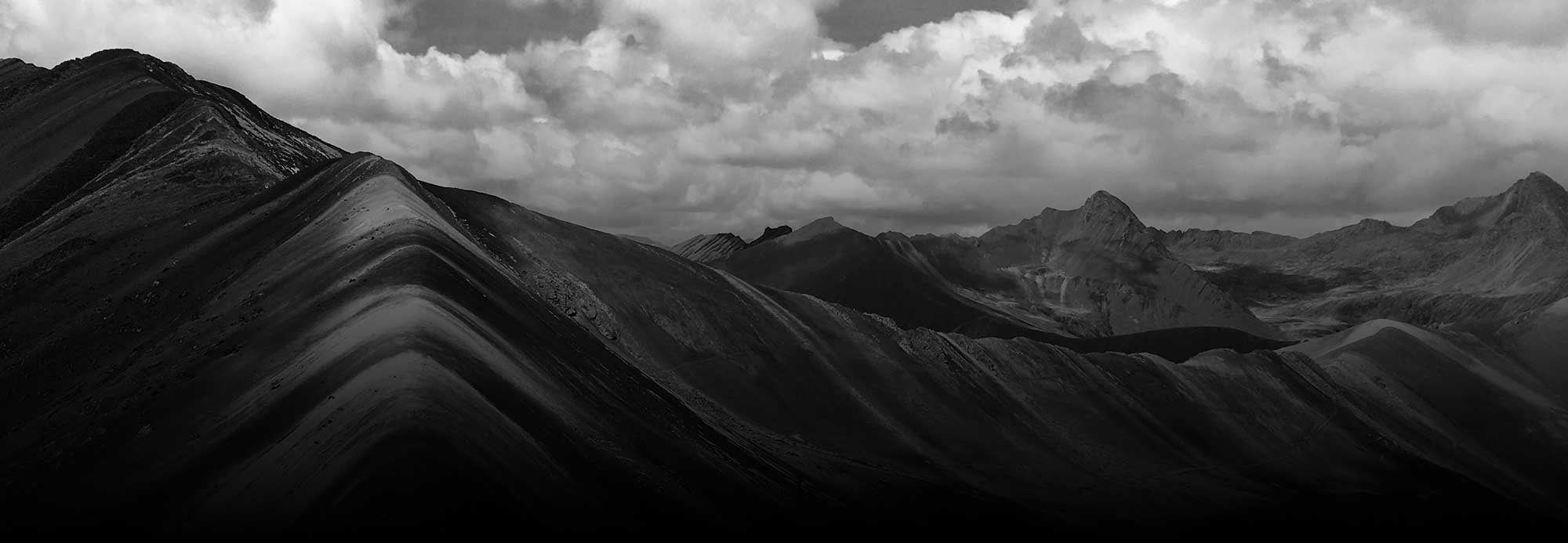When to go to Peru
Picking the best time to visit Peru’s various regions is complicated by the country’s physical characteristics. Summer along the desert coast more or less fits the expected image of the southern hemisphere – extremely hot and sunny between December and March (especially in the north), cooler and with a frequent hazy mist between April and November. Sometimes though, in the polluted environs of Lima , the coastal winter can get cold enough to require a sweater. Swimming is possible all year round, though the water itself (thanks to the Humboldt Current) is cool-to-cold at the best of times, except for the most northern beaches. To swim or surf for any length of time south of Máncora , you’d need to follow local custom and wear a wetsuit. Apart from the occasional shower over Lima it hardly ever rains in the desert. The freak exception, every ten years or so, is when the shift in ocean currents of El Niño causes torrential downpours, devastating crops, roads and communities all down the coast. It last broke in 1998, and previous to that in 1983, both times bringing with it the devastation to crops, bridges and any houses constructed in or too close to apparently dry river beds.
In the Andes , the seasons are more clearly marked, with heavy rains from December to March and a relatively dry period from June to September, when, although it can be cold at night, it is certainly the best time for trekking and most outward-bound activities. Some of the mountain rivers go up a few levels for rafting and canoeing in the rainy season, but anyone serious about this should contact the experts in the field for advice on planning an itinerary. And of course, there are always a few sunny weeks in the rainy season and wet ones in the dry. A similar pattern dominates much of the jungle , though rainfall here is heavier and more frequent, and it’s hot and humid all year round. The lowland rainforest areas around Iquitos have a fairly consistent pattern of rain and sun all year, but they are affected by rising or dropping water levels, according to the rainy season or dry season in the mountains where the headwaters starts. This means that water levels are higher between December and January, which offers distinct advantages for spotting wildlife and access by canoe to remote creeks.
At the risk of over-generalizing then, the coast should be visited around January while it’s hot, and the mountains and jungles are at their best after the rains, from May until September, except for the Iquitos region. Since this is unlikely to be possible on a single trip, there’s little point in worrying about it – the country’s attractions are invariably enough to override the need for guarantees of good weather



Leave a Reply